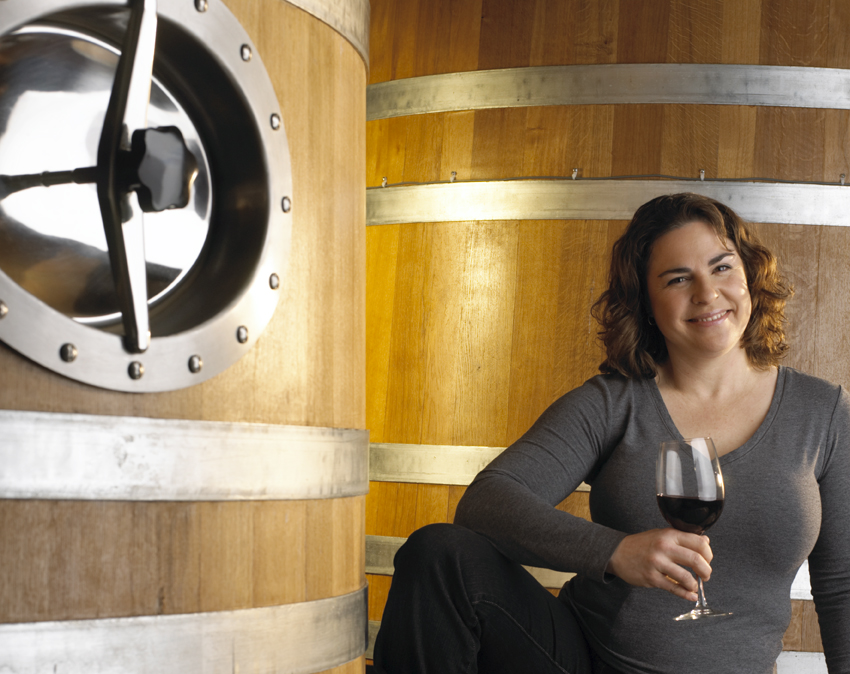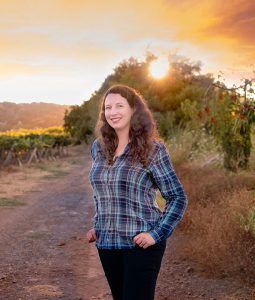The South Australian wine region of Barossa became the latest signatory of the Joint Declaration to Protect Wine Place & Origin, a global movement to ensure wine place names are protected and not abused or miscommunicated to consumers. The coalition welcomed Barossa on Friday at a meeting in San Francisco, where members discussed how to build on the coalition’s recent successful effort to protect place names online.
“Over the last year, our coalition has expanded its work to protect wine place names globally, including online where consumers increasingly shop for the wines they love,” said Linda Reiff, president and CEO of the Napa Valley Vintners wine trade association, one of the founding signatories to the Declaration. “We are proud to have another esteemed winemaking region join our collective efforts to ensure consumers aren’t misled and that the identity of a wine’s place is protected.”
In January 2016, American-based Internet name registry Donuts launched the new .wine and .vin domain extensions. Prior to the launch, members of the Declaration worked with Donuts on an agreement that put safeguards in place to ensure the extensions could not be falsely used to mislead consumers. On the heels of this effort, representatives from Barossa attended last week’s coordinating meetings with other Declaration members and will participate in activities that were outlined for the coming year.
“We are honored to join this remarkable group of leading world wine regions dedicated to protecting place names. Barossa wines, like all those represented in this coalition, are unique in representing their sense of place,” said James March, CEO of the Barossa Grape & Wine Association. “Despite our fierce competition in the worldwide marketplace, we all agree that location is the most important ingredient in creating truly unique and distinctive wines.”
Since it was first signed in 2005, the Declaration efforts have led to increasing attention around the protection of wine place names. For example, this year five winery members of the Napa Valley Vintners announced that they are voluntarily giving up use of the name Port on their fortified dessert wine labels. While the producers have the legal right to use the term because they were grandfathered following the signing of the 2006 U.S. and European Commission Wine Trade Agreement, each agreed to abandon use of the semi-generic term in support of Napa Valley’s efforts to protect winemaking place names and its alliance with Porto in the Declaration.
For more information, visit origins.wine or follow the coalition on Twitter and Facebook.
About the Declaration
The Joint Declaration to Protect Wine Place Names & Origin was signed in Napa Valley on July 26, 2005. The signatories of the Declaration include: Barossa, Bordeaux, Bourgogne/Chablis, Champagne, Chianti Classico, Jerez-Xérès-Sherry, Long Island, Napa Valley, Oregon, Paso Robles, Porto, Rioja, Santa Barbara County, Sonoma County, Victoria, Tokaj, Walla Walla Valley, Washington state, Willamette Valley and Western Australia. To lend support and read the full text of the Declaration visit origins.wine.






